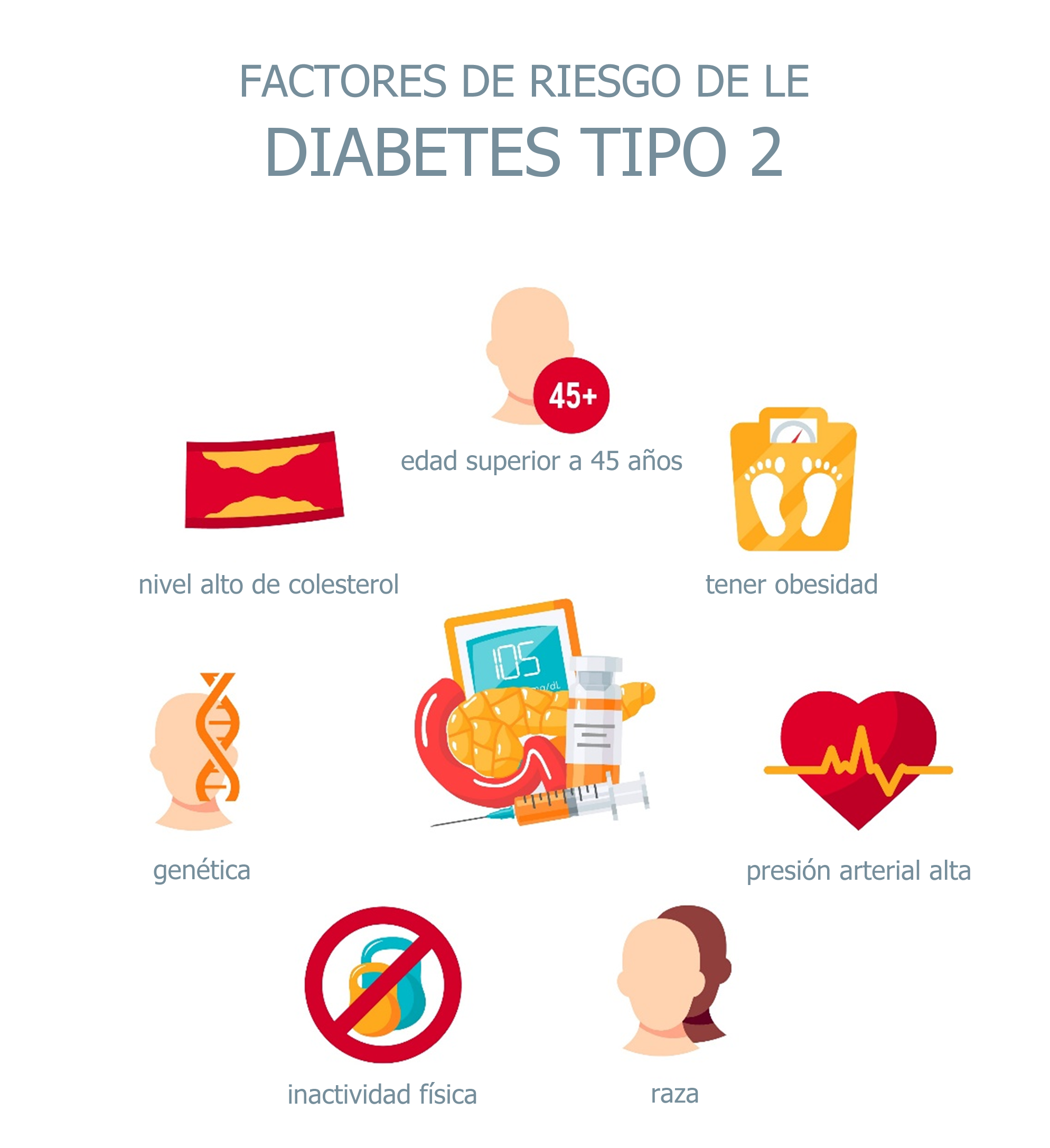It is estimated that more than 34 million adult Americans and 422 million adults worldwide have diabetes, of which 90% to 95% of diagnosed cases are type 2 diabetes.1-3 It typically develops in people over age 45 but can occur in younger adults and children. According to the Annals of Internal Medicine clinical care guidelines, the following factors increase the risk of developing type 2 diabetes:3
- Aged 45 years or older
- First-degree relative with type 2 diabetes
- Certain racial and ethnic groups including African American, Latino, Asian American, or Pacific Islander
- History of gestational diabetes
- Delivery of an infant weighing 9 pounds or more
- Polycystic ovary syndrome
- Being overweight, especially abdominal obesity
- Cardiovascular disease
- Hypertension
- Dyslipidemia, including low HDL cholesterol, high LDL cholesterol, and high triglycerides
The American Diabetes Association lists the following additional recommended criteria for diabetes testing in asymptomatic adults:4
- Other conditions associated with insulin resistance
- Certain medications including some HIV medications, glucocorticoids, thiazide diuretics, and atypical antipsychotics
One study which examined the efficacy of statistical models assessing risk of type 2 diabetes found that a key risk factor is increasing age, especially for those older than 69, followed by a family history of diabetes, with diminishing risk for those under 45.5 For those older than 69, other risk factors superseded age, including blood pressure. There was a high correlation between level of physical activity and diabetes diagnosis, with the average duration of daily moderate to vigorous exercise estimated to be 47 minutes shorter amongst participants with diabetes than those without diabetes (61 minutes per day vs 108 minutes per day). Similarly, blood pressure was highly correlative, with the average systolic blood pressure 12 mm Hg higher amongst participants with diabetes than those without diabetes (132 mm Hg vs 120 mm Hg).
According to another study seeking to make a new assessment tool found that the following risk factors are most predictive of development of type 2 diabetes, in order of most predictive to least predictive:6
- Aged 60 years or older
- Extremely obese
- Aged 50-59 years
- Obese
- Aged 40-49 years
- Male
- Family history of diabetes
- History of hypertension
- Overweight
- Physically inactive
Most people with type 2 diabetes don’t have any symptoms at first and are identified with screening tests.2,3 Screening for type 2 diabetes is recommended every 3 years for people over age 45 with normal test results. People at risk for type 2 diabetes, including younger adults and children 10 or older, may be tested sooner or more often.4
References
- National Diabetes Statistics Report (Centers for Disease Control and Prevention, U.S. Dept of Health and Human Services) (2020).
- Vijan S. Type 2 diabetes. Ann Intern Med. Nov 5 2019;171(9):Itc65-itc80. doi:10.7326/aitc201911050
- 2. Classification and diagnosis of diabetes: standards of medical care in diabetes-2021. Diabetes Care. Jan 2021;44(Suppl 1):S15-s33. doi:10.2337/dc21-S002
- Mangione CM, Barry MJ, Nicholson WK, et al. Screening for Prediabetes and Type 2 Diabetes in Children and Adolescents: US Preventive Services Task Force Recommendation Statement. Jama. Sep 13 2022;328(10):963-967. doi:10.1001/jama.2022.14543

.png)

